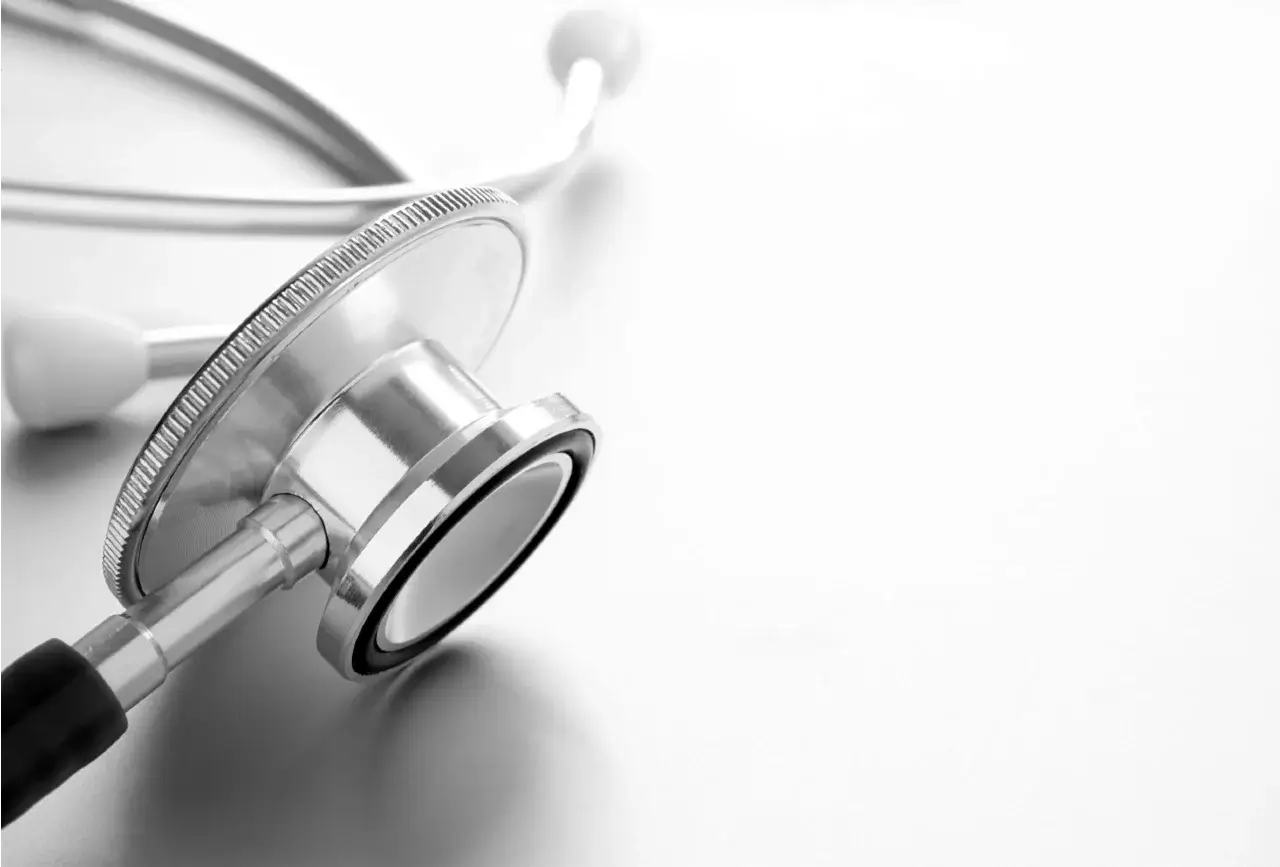Blog
Blog
New safe listening standards set by WHO

To combat the growing problem of hearing loss in young people, the World Health Organization (WHO) has released a new standard for safe listening. This international standard is intended for venues and events that play amplified music, including concert venues, nightclubs, bars and sporting events.
One billion at risk
The WHO estimates that more than one billion people between ages 12 and 35 risk disabling hearing loss from exposure to recreational noise and loud music. According to Canadian Hearing Services (CHS), hearing loss impacts one in five teens between 12 and 19 years old.
Hearing loss among Canadian teens is frequently noise-induced and is highly preventable. Governments have the opportunity to legislate new safe listening standards to counter the damaging noise people experience through personal listening devices and systems, concerts, nightclubs and in some working conditions.
New safe listening practices
The WHO has six recommendations to ensure that venues and events limit the risk of hearing loss while providing an enjoyable listening experience.
- Average safe listening levels at a maximum of 100 decibels (dB)
- Sound levels to be monitored and recorded by staff using calibrated equipment
- Venue acoustics and sound systems to be optimized for safe listening and sound quality
- Personal hearing protection, plus usage instructions, made available to audiences
- Quiet zones where people can take breaks to avoid prolonged exposure to loud sounds
- Staff to be trained on safe listening levels
Consider the noise levels of some commonly encountered sounds. Exposure to a jet engine at takeoff is equivalent to 140 decibels, operating a power lawn mower is equivalent to 90 decibels, the sound of a motorcycle is 110 decibels, and operating a jackhammer is equivalent to 130 decibels. It sounds like a lot of noise. In fact, noise above 100 decibels can damage your hearing after 15 minutes of exposure, and if sound levels are above 115 decibels, noise damage can occur in approximately 30 seconds!
Other ways to prevent hearing loss
Exposure to loud sounds causes temporary hearing loss or tinnitus. However, prolonged and repeated exposure can lead to permanent hearing damage. Here are some ways young people can protect their hearing:
- Listen to personal audio devices at a lower volume
- Use well-fitted, noise-cancelling earphones or headphones
- Wear earplugs consistently in noisy spaces and ensure that hearing protection is worn properly to maximize safety
- Have your hearing checked regularly
It’s also essential that parents speak with teens to help them understand the serious risks involved with listening to loud music and being exposed to dangerous levels of noise. Hearing loss can affect a person’s physical and mental health, education and employment prospects.
Pediatric hearing care in Calgary and other Alberta communities
At Soundwave Hearing Care, we can do more than treat hearing loss. We can provide solutions like custom-fit hearing protection to help you prevent hearing problems before they start. Contact us today in Calgary, High River, Lethbridge and Grande Prairie to book an appointment with an audiologist.
All the blogs are reviewed and edited by our clinic's lead audiologist, Dr. Anne Wooliams. Dr. Woolliams is an experienced audiologist specialized in pediatric audiology, auditory processing, and tinnitus/sound sensitivity therapy. She is dedicated to providing top-notch hearing care and helping her clients improve their language and communication abilities. Dr. Woolliams' expertise in literature and linguistics, combined with her passion for helping people improve their language and communication, make her an incredibly valuable asset in the field of audiology. Learn more about Dr. Woolliams.
